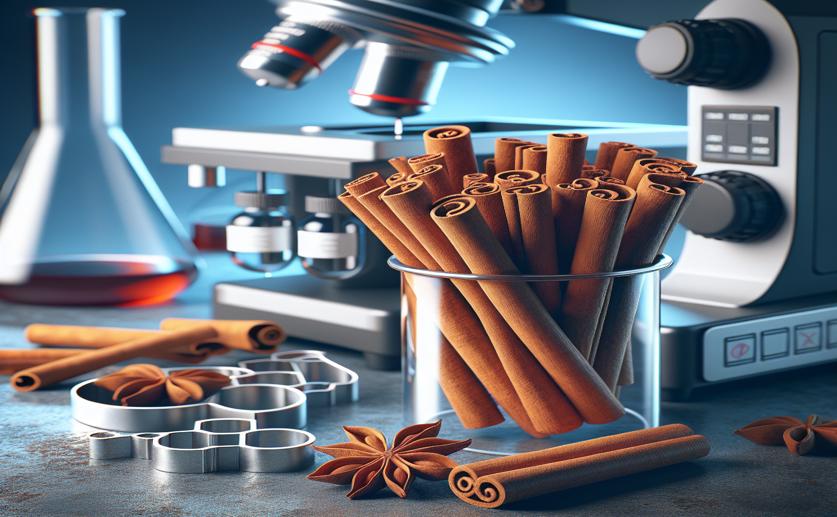
Detecting Fake Cinnamon with Advanced Analytical Techniques
Greg Howard
17th January, 2024

Image Source: Natural Science News, 2024
References
Main Study
1) Application of HPLC-UV combined with chemometrics for the detection and quantification of 'true cinnamon' adulteration.
Published 17th January, 2024
https://doi.org/10.1016/j.talanta.2024.125676



 24th January, 2024 | Phil Stevens
24th January, 2024 | Phil Stevens